Changing interests: Showcasing calligraphy and architecture…together
Artist husband, wife duo display works at Ejaz Art Gallery.

The proximity of homes inside Lahore’s Walled City combines with the Badshahi Mosque’s domes and minarets and the vastness of the Lahore Fort on a 24 by 24 inch oil on canvas piece at the Ejaz Art Gallery.
The piece is part of a series of 17 paintings by Abdul Quddus Arif, an artist based in Karachi, on display at the Ejaz Art Gallery.
Arif told The Express Tribune he started taking inspiration from Mughal-era buildings in Pakistan since the early 2000s…to showcase their architectural genius.
Arif’s works highlight the architectural features of the Aitchison College, Lahore Fort, National College of Art and houses in the Walled City.
Arif said he tries to use a single colour…preferably blue, brown, black or red. “I like evening colours… applying varying shades of a single colour makes it simple to depict a complex structure,” he said.
Arif prefers working with oil paints. He said he creates his pieces to have a calming impact on viewers.
“Most of my pieces show a reflection…it has a soothing effect,” Arif said.
Arif’s wife Musarrat also had displayed 14 calligraphic pieces at the gallery. Musarrat’s works are mixed medium, combining the use of Ajrak (a traditional Sindhi fabric with red, white and black geometric patterns), gold and silver leaf, ink and oil paints.
Musarrat, trained as a painter and a sculpture artist, started calligraphy in the early 2000s as her interest in Quranic manuscripts developed. She likes to work with Kufic and Sindhi khat which she said are “somewhat similar.” A half moon in gold leaf is a prominent feature of Musarrat’s work.
Speaking to The Express Tribune, Musarrat said the half moon signals “to our worldly lives that our immortal life begins upon death.”
She said she has also sewn pieces of Ajrak on canvas to bring in a traditional element. She said she has inked the Quran verses in Kufic scripture onto a takhti (a wooden slab) to draw the viewer’s attention to the basics of calligraphy.
“I have either written on a takhti or painted pages similar to the manuscripts popular during Caliph Ali’s time,” Musarrat said.
My work combines both scriptures and painting, said Musarrat, who is currently working on putting together a show of her sculptures.
Musarrat’s works were priced between Rs35,000 and Rs450,000 while Arif’s were priced between Rs55,000 and Rs135,000.
The show opened on November 22 and will run till November 30. The pieces will then be taken for display at the Tanzara Art Gallery in Islamabad.
Published in The Express Tribune, November 28th, 2012.

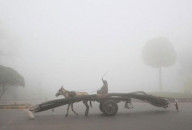
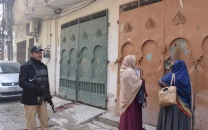
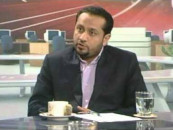
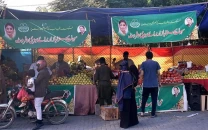

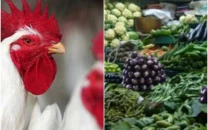












COMMENTS
Comments are moderated and generally will be posted if they are on-topic and not abusive.
For more information, please see our Comments FAQ